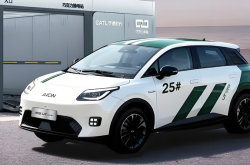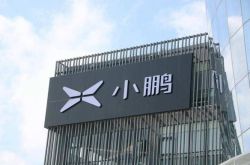Tesla's Transformative Year: Navigating Sales Challenges and Advancing FSD, Optimus, and EV Technologies
![]() 02/10 2025
02/10 2025
![]() 621
621
During Tesla's 2024 earnings call, Elon Musk emphasized that "2025 will be a pivotal year for Tesla," marking a significant milestone in the company's history.

In terms of sales and profits, Tesla's primary markets—North America, Europe, and China—are encountering bottlenecks, with sales declining in these regions.
On the product technology front, Musk asserted that Tesla excels in Physical AI, or real-world artificial intelligence, more than any other company. Tesla's Full Self-Driving (FSD) technology and Optimus humanoid robots are poised to become global leaders in AI. He humorously remarked that the competition for second place might be barely visible through a telescope. This article delves into Tesla's key AI product developments in 2025: FSD autonomous driving, Optimus humanoid robots, and future electric vehicle technology plans.
I. Optimus Humanoid Robot: From Concept to Mass Production
Musk highlighted that transitioning from prototype to mass production for robots is more challenging than going from concept to reality. While designing and manufacturing small-batch prototypes may seem straightforward initially, scaling up for mass production presents significant hurdles, including high output, low cost, reliability, and consistency. Tesla aims to produce robots that are both efficient and stable, with minimal breakdowns and high cost-effectiveness. Currently, Optimus' complexity is lower than that of a car, and Tesla expects its production cost to be half that of a car, approximately $10,000, at similar production volumes. Leveraging the success of the Model 3 and Model Y, Tesla aims for exponential growth through rapid production speeds.
Product Release Plan:
- Tesla's first-generation Optimus robots will be limited to use within Tesla factories, with plans to produce thousands for testing by 2025.
- The second-generation Optimus robots are expected to be released in mid-to-early 2026, with the design still in development.
- By 2026, Tesla aims to produce 10,000 Optimus robots per month, targeting an annual production of one million units at a cost of less than $20,000 per unit.
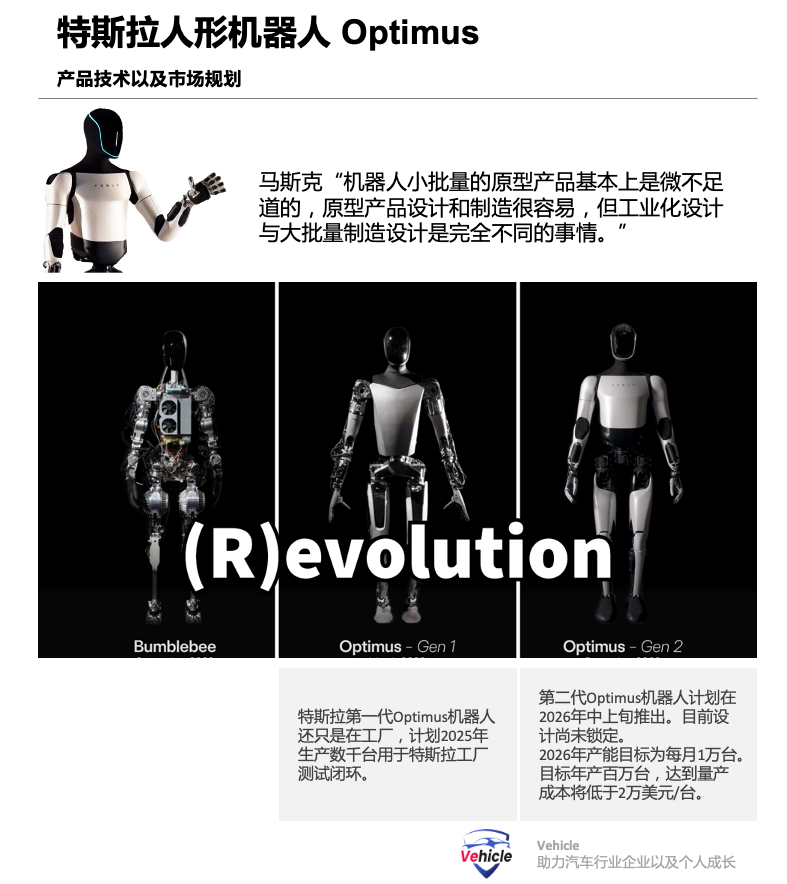
II. FSD Autonomous Driving: Towards Full Self-Driving
Tesla's FSD technology has entered a new era. Internal data shows that in Q4 2024, Tesla's FSD system experienced one accident per 5.9 million miles driven, compared to one accident per 700,000 miles for traditional driving, indicating that Tesla's autonomous driving system is approximately 8.5 times safer than human driving.
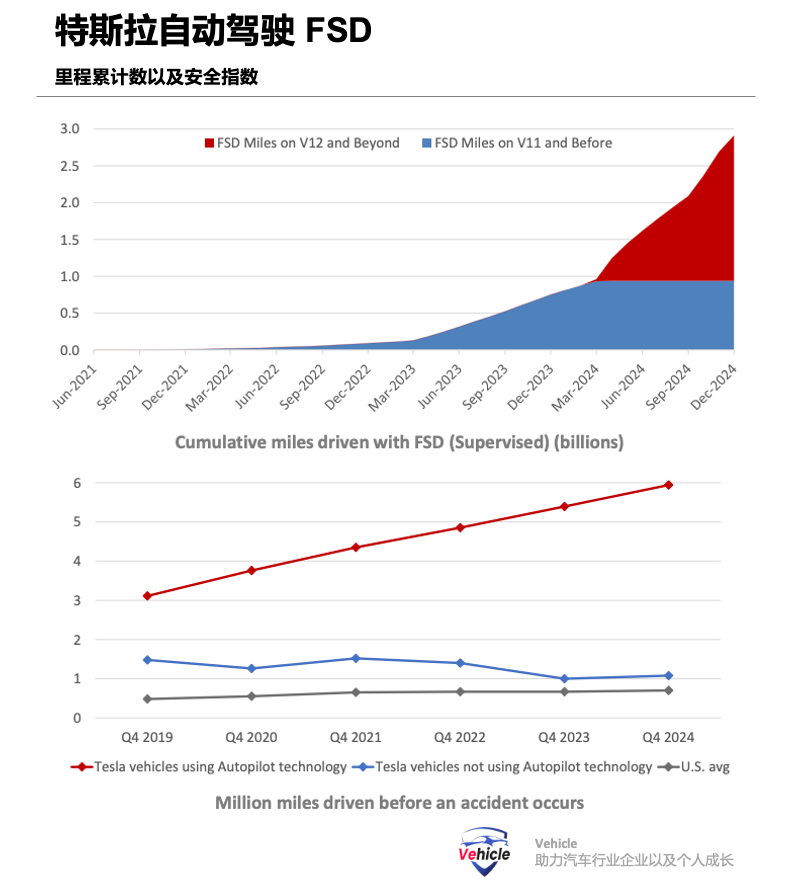
Technical Routes and Breakthroughs:
- End-to-End Model: Tesla's FSD V13 features an end-to-end model from visual input to motion control. Future optimizations will focus on the Transformer architecture to enhance system intelligence and stability.
- Enhanced Model Context: By expanding the "model context," FSD will be able to process longer-term scenarios, improving decision-making accuracy.
- Reinforcement Learning: Tesla uses reinforcement learning to enable vehicles to evolve through self-learning, allowing the autonomous driving system to make more reasonable decisions in complex situations.
- Multi-Modal Support: The FSD system integrates various modal data, such as audio, to enhance environmental perception. For instance, it now recognizes the sound of emergency vehicles and automatically yields.
FSD Autonomous Driving Product Release Plan:
- In June 2025, FSD autonomous driving will undergo internal testing in Austin, USA, with operations expanding to multiple U.S. cities by the end of 2025.
- In 2026, Tesla hopes to enable users to earn money by providing their cars to the autonomous driving system when not in use.
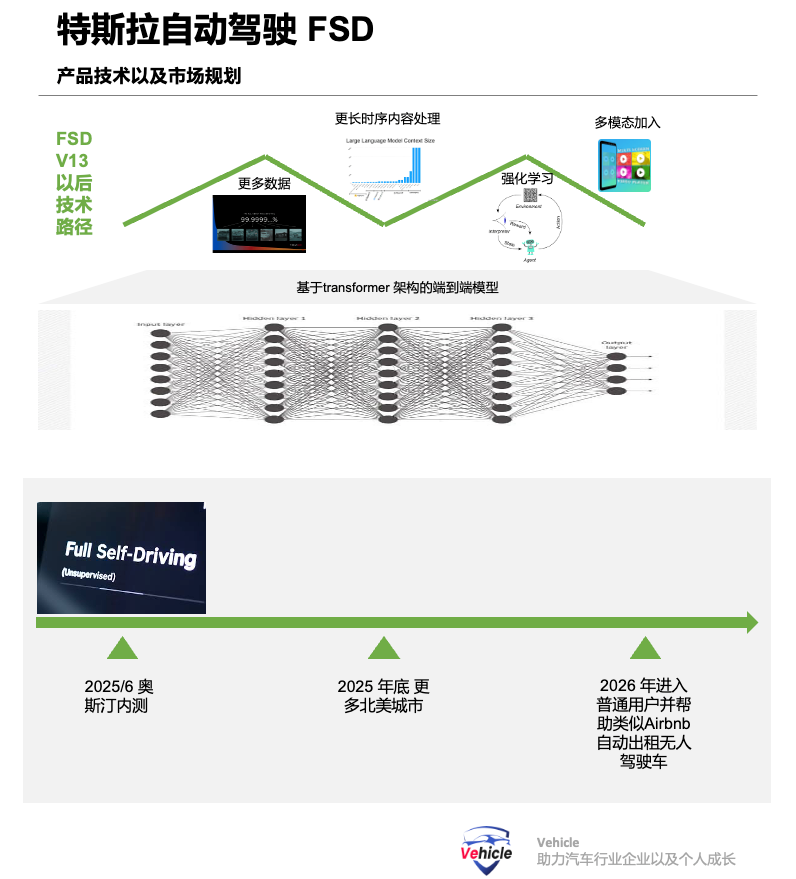
FSD Autonomous Driving Promotion in Other Countries:
- Europe: Due to strict EU regulations, FSD autonomous driving may not be promoted in Europe until May 2026 at the earliest, starting with a supervised mode.
- China: Geopolitical tensions between China and the U.S. have led to uncertainty regarding the timing of FSD's launch in China, where there are strict regulations on algorithm training and data transmission.
III. Electric Vehicles: Cost Reduction and Performance Improvement
Despite Chinese electric vehicle companies catching up in terms of cost, Tesla remains a leader in battery and AI driving technologies. Tesla will continue to focus on battery technology innovations, particularly the mass production of 4680 batteries, and increase investments in AI to enhance autonomous driving performance and reduce costs. While Tesla no longer holds a significant advantage over Chinese competitors in terms of electric vehicle technology, it has led the industry's development, with a focus on extreme performance and quality, unlike Chinese electric vehicles, which emphasize cost-effectiveness.
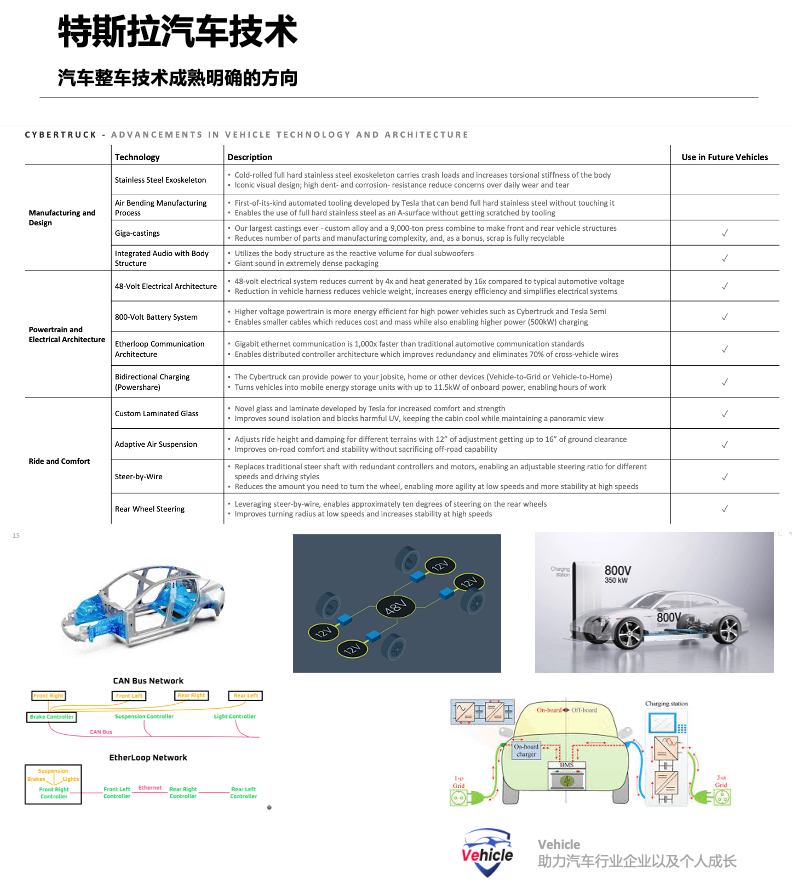
Launch of Low-Cost Models: Tesla plans to introduce a more affordable model in the first half of 2025, targeting a price below $35,000, with discussions of a "Model 2" or low-cost model priced below $30,000 in the U.S. market, adjusted for regional demand.
Summary: Musk's proclamation that "2025 is a pivotal year in Tesla's history" holds dual significance. First, from a Physical AI perspective, Tesla will experience a technological leap in 2025, demonstrating innovative capabilities in autonomous driving, robot manufacturing, and electric vehicle cost-effectiveness. Musk aims to drive product popularization through high production volumes and lead the global AI industry through continuous innovation. Second, from a profitability standpoint, Tesla faces significant sales challenges in 2025, with global sales entering a growth bottleneck since 2023. With challenges in automotive profitability, product competitiveness, regional policies, and declining vehicle prices, 2025 is indeed a crucial year for Tesla as it navigates these uncertainties.
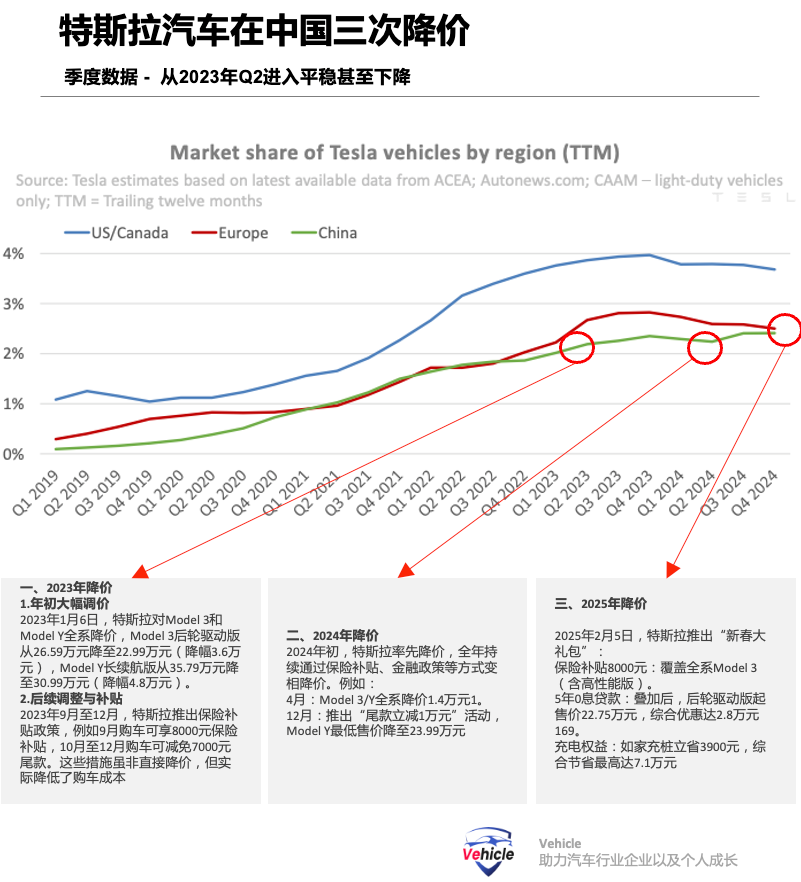
*Reproduction and excerpts are strictly prohibited without permission - References:
- Tesla 2024 earnings call ppt
- Tesla 2024 earnings call conference call transcript

